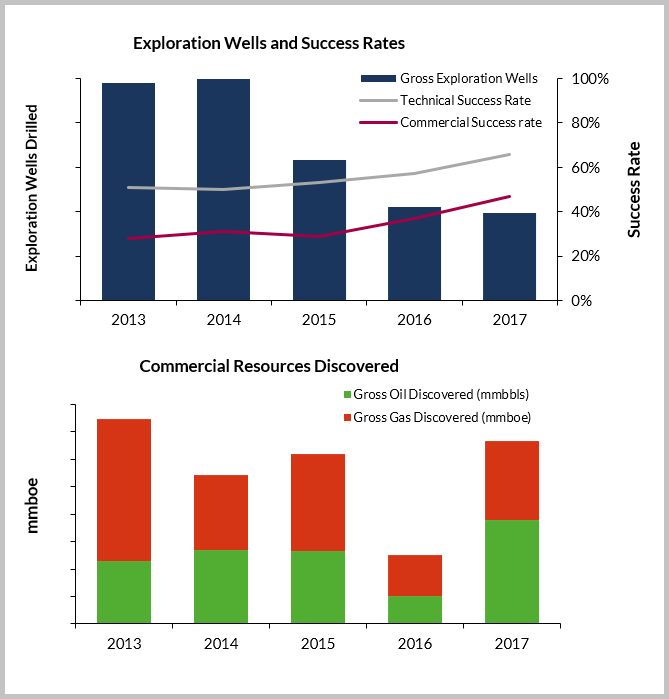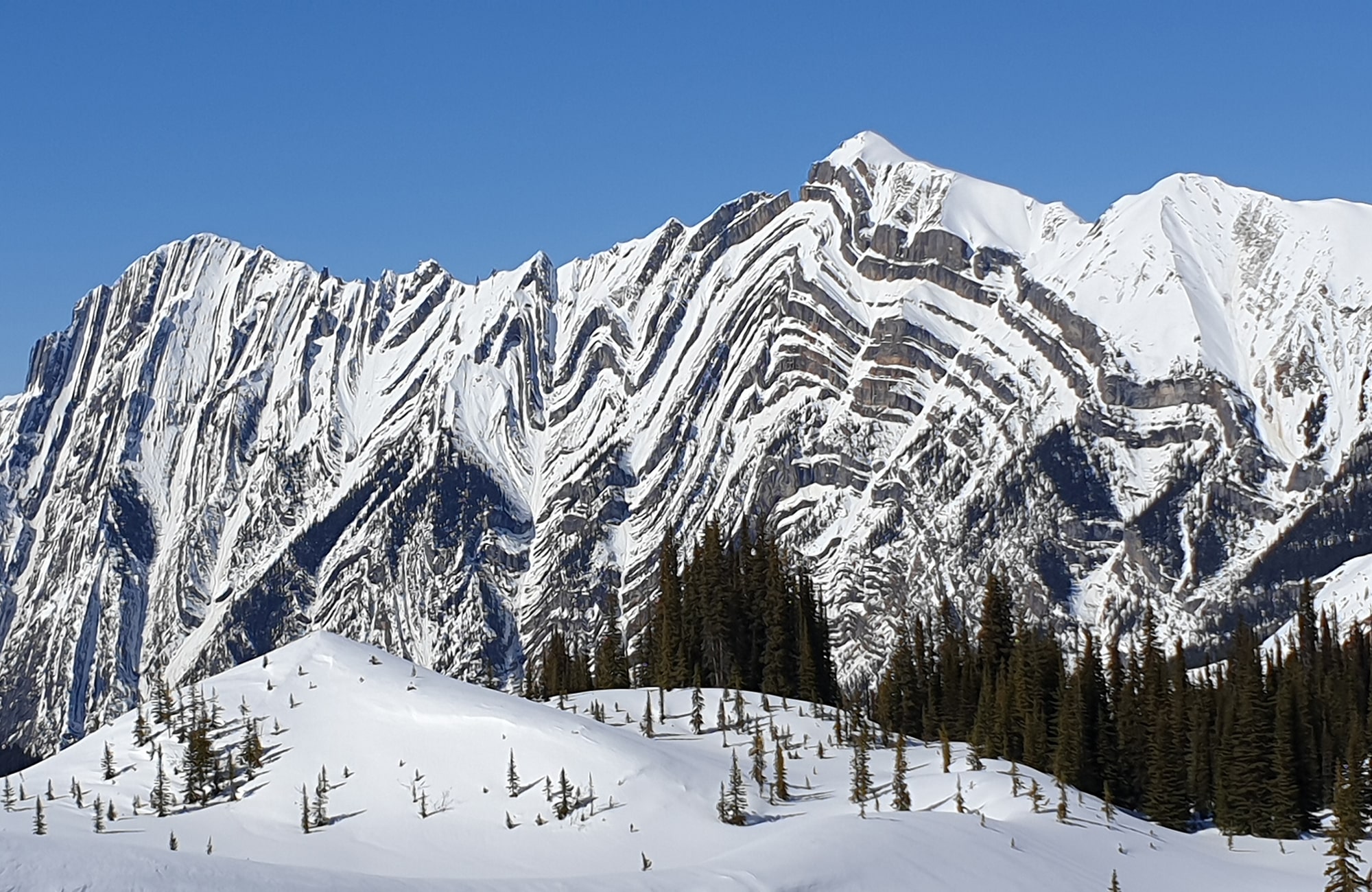 Renewed optimism is the theme for exploration in 2018, driven by higher oil prices and improving exploration performance. The cost of exploring has fallen more than 50% since 2013/14 and there are fewer companies competing for acreage. It could be argued that there has not been a better time to be exploring in the last decade. The geology economic to explore increases considerably above $60/barrel and in the first quarter of 2018 the oil price averaged $67/barrel. Success rates have improved as lower exploration budgets have led to companies being more selective.
Renewed optimism is the theme for exploration in 2018, driven by higher oil prices and improving exploration performance. The cost of exploring has fallen more than 50% since 2013/14 and there are fewer companies competing for acreage. It could be argued that there has not been a better time to be exploring in the last decade. The geology economic to explore increases considerably above $60/barrel and in the first quarter of 2018 the oil price averaged $67/barrel. Success rates have improved as lower exploration budgets have led to companies being more selective.
The effort and money expended on finding another large deep water oil province in the Atlantic Margins has finally borne fruit in Guyana. Several big discoveries were made in 2017 to excite the industry. New geological models have emerged that make new geography in deep water look prospective and the opening of Mexico to IOCs has already led to successes. There are challenges too – frontier success rates remain stubbornly low and new oil plays like Guyana remain elusive. Exploration performance is very variable and still needs to improve further.

Gross exploration wells drilled, success rates and discovered commercial resources for the W40 group of companies, 2013-2017
Source: Westwood
Westwood Energy has released its 2018 State of Exploration Report, the ninth edition of the definitive report covering global conventional oil and gas exploration. Key conclusions from the report are:
- Exploration drilling activity in 2017 was little changed compared to 2016 but performance was strong with discovered volumes more than double that of 2016, overall commercial success rates rising to a record high of 47% and record low finding costs of <$0.5/boe.
- Success rates were driven by near-field drilling in lower risk mature plays onshore Colombia and Australia whilst volumes were influenced by a few large discoveries, primarily in emerging deep water plays such as Guyana and Senegal.
- True frontier plays are thin on the ground and effective high grading of frontier opportunities has not been evident in drilling results. There was no significant frontier discovery in 39 attempts since Zohr in mid-2015, with Guyana emerging as the biggest new oil province since the Brazil pre-salt.
- For 2018, exploration drilling is expected to increase by 12% and budgets by 7%, with around 60 high impact wells planned globally for the remainder of 2018 focused in the Atlantic margins, Gulf of Mexico and the Caribbean.
- However, the risk profile of the wells being drilled in 2018 has increased and the improved performance seen in 2017 may not be sustained in 2018.
Keith Myers, President, Research
[email protected] or +44 (0)20 3794 5383
Westwood Global Energy Group has released its ninth annual State of Exploration Report, the definitive report covering global conventional oil and gas exploration.
The most detailed of its kind, the report analyses global conventional exploration performance over the past five years, together with exploration drilling plans for 2018. The analysis covers the key discoveries of 2017, the key plays explored and all frontier drilling. For the first time, the report also includes a 10-year lookback at global high impact exploration. The performance of 40 international E&P companies (the ‘W40’) is benchmarked. The 40 companies participated in 855 completed conventional wildcat wells between 2013 and 2017, drilled at a cost of $37.8bn and discovering 28.2 billion boe of oil and gas.
To arrange a demonstration of the Wildcat service or to purchase the State of Exploration Report, please visit Westwood Global Energy Group at westwoodenergy.com/wildcat or contact [email protected].




